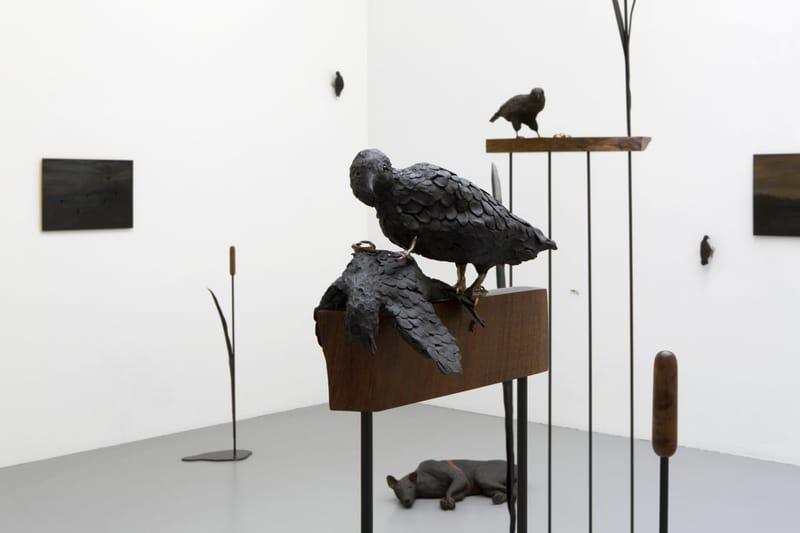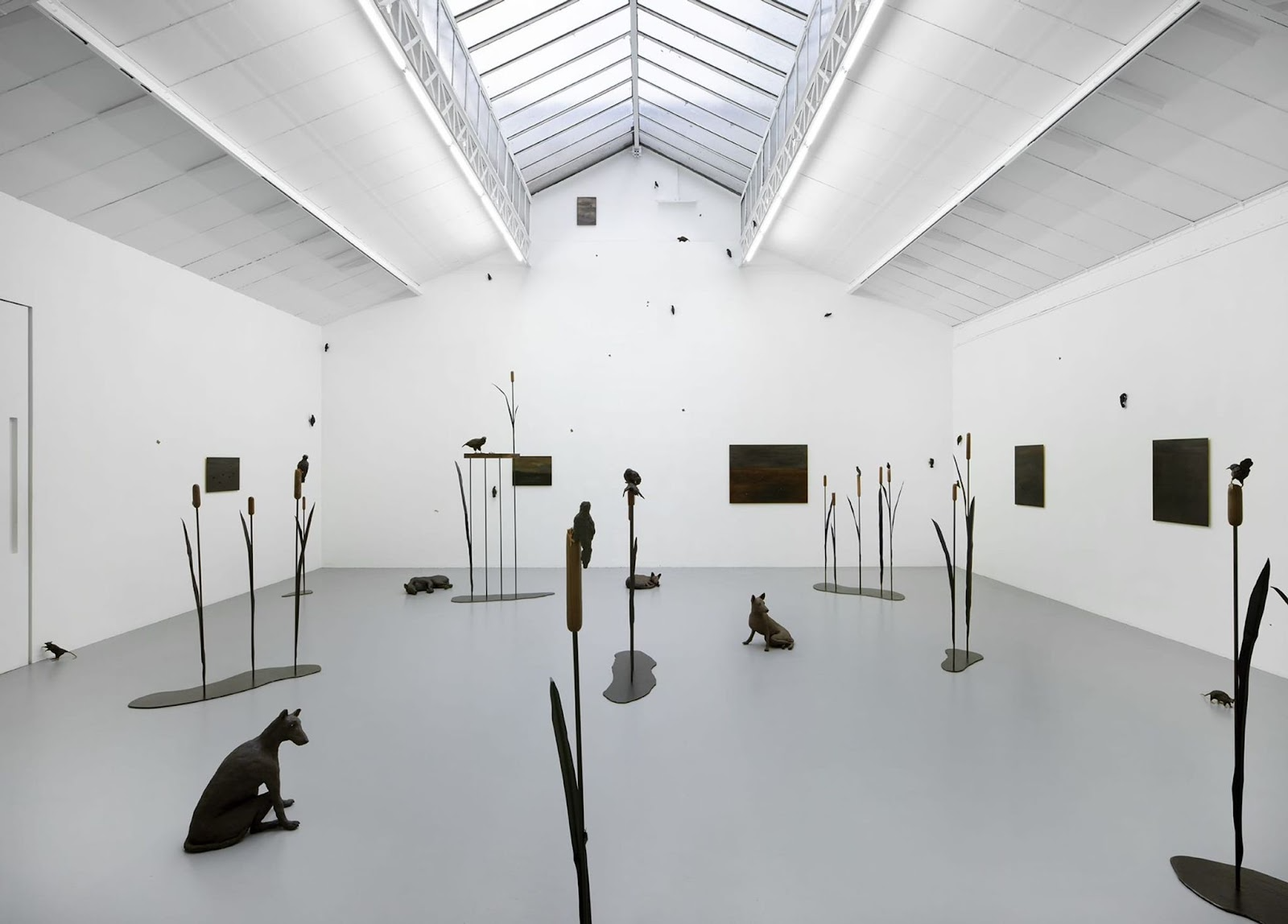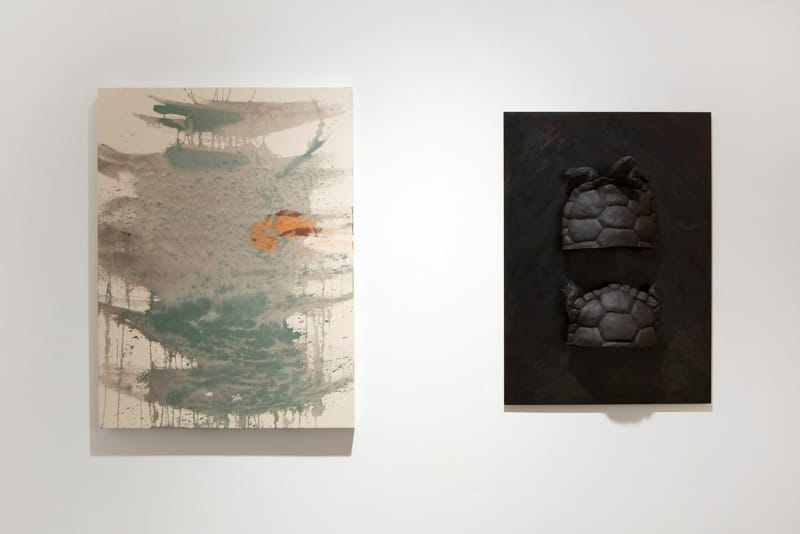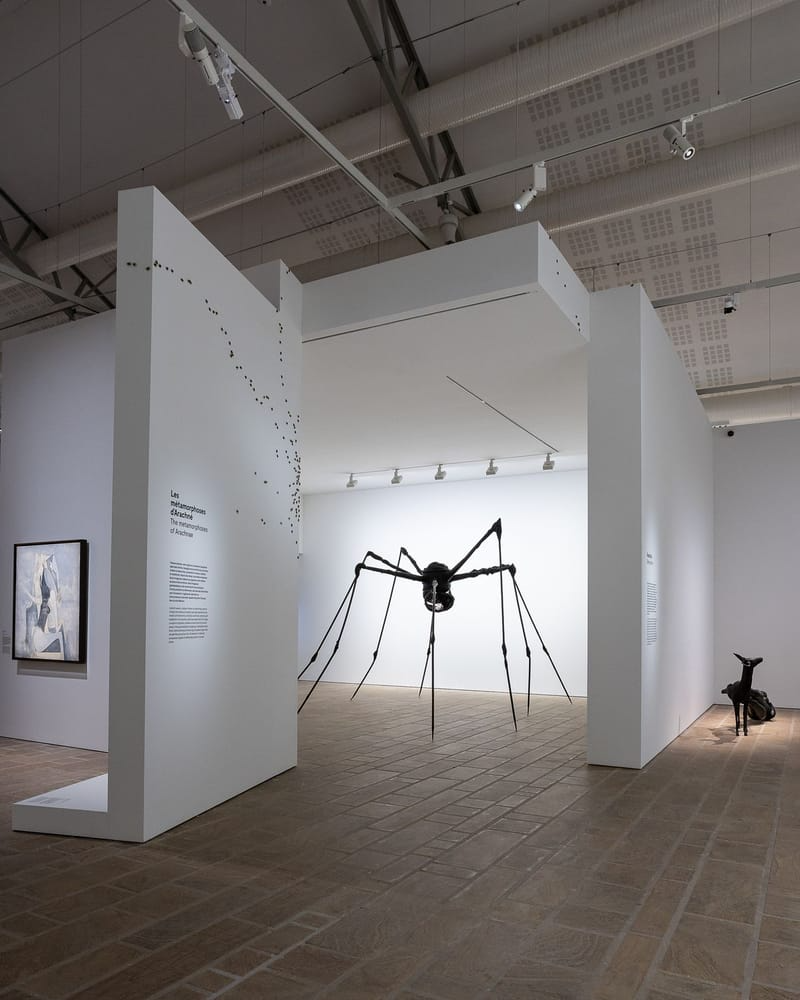"But man is a frivolous and incongruous creature, and perhaps, like a chess player, loves the process of the game, not the end of it." Fyodor Dostoevsky, from his novel Notes from Underground.
A journey filled with contradictions and without a clear final destination; that's how Dostoevsky viewed the human experience. We often find ourselves caught between our desire for a simple truth and the complex reality of a constantly shifting world. Our emotions, thoughts, and memories are not static but fluid, making us feel at times like characters in a story we are still trying to understand. We often try to present a polished version of ourselves, but beneath the surface, our inner lives are a mix of competing feelings.
We seek happiness, yet are drawn to melancholy; we crave security, but are fascinated by danger. This constant tension is not a flaw, but a fundamental part of what makes us human. Artists, in a unique way, are skilled at navigating these personal contradictions. They are the ones who venture into these difficult emotional spaces and give form to the feelings we can't easily name. Through their work, they build a language for our shared vulnerabilities, making the hidden world of our feelings a little more visible. Elizabeth Jaeger's art, in particular, embodies this process.

Unsettling and beautiful, solid yet fragile: this is how Elizabeth Jaeger's art comes into being. Her sculptures are like a physical representation of this human experience. She works with raw materials that bear the mark of her touch, creating forms that don't try to solve our contradictions but simply hold them. Her work becomes a safe space where our anxieties and vulnerabilities can be seen and acknowledged without judgment. In this way, her art helps develop emotional honesty and supports the United Nations’ Sustainable Development Goal of Good Health and Well-being. It is with great pleasure that we welcome her to Arts Help to discuss her inspiring art.
To start, could you tell us about your journey as an artist? What were the early moments or influences that made you decide that sculpture would be your primary mode of expression?
I came to sculpture almost accidentally. Growing up, I was drawn to the immediacy of drawing, but I always felt torn by how it remained an illusion. Sculpture exists in the world as itself, it doesn’t suggest another space. I was drawn to the honesty of clay, how it records every touch, every hesitation. That same impulse is what keeps me from painting over metal and instead working with patinas. I’m attracted to rawness, immediacy, and the truth of things.
Your work often exists in a space between different categories; between being unsettling and beautiful, between rigid materials and organic forms. What is it about these contradictions that you find so compelling to explore?
Contradiction feels closer to lived experience than harmony. Beauty is often unsettling, strength lives inside fragility, and intimacy can feel dangerous. Sculpture is a possibility to hold these qualities in the same object, without needing to resolve them.
What does a typical day in your studio look like? Is it a place of quiet, focused work, or is it more chaotic and experimental?
It shifts. Some periods are physical and loud: welding, grinding, sanding, hammering. Other days are slower and more meditative: working on details no bigger than a millimeter, sketching new ideas, staring at an installation. I’m allergic to strict routine — it makes me feel like life is running out, like I’m suffocating. The studio is a place where different energies cycle through and take form, the space always adapting to the project at hand.

Let’s talk about the animal figures that appear in your work. They seem to stand in for or mirror human emotions. Why do you use animals to communicate these complex feelings?
Animals allow for a kind of displacement. A gesture that might feel too direct in a human figure can feel truer or stranger in the figure of an animal. I’m less interested in representing animals as they are, and more in how they can embody something we can’t easily name in ourselves. Consciousness without thought. Knowing without naming.
The titles of your works are often very evocative. How do you arrive at a title, and do you feel it’s an important part of the sculpture itself, or more of a guide for the viewer?
Titles are like a breath that comes after the work is finished. They’re another layer; something that can sharpen or destabilize how the work is read. Some come from dreams: what was left of me bloomed came from an elaborate dream where a friend told me she is closer to her loved ones as flowers on their footpath than she ever was to them in human form. Other titles come from a resistance to naming itself: every bird I’ve ever made is simply bird, while every dog is titled after something I imagine it might have just seen or heard in the distance.
You’ve used different materials throughout your career: ceramic, steel, glass, and silk. How do you choose the right material for a new idea, and what do the different materials allow you to say?
Each material carries its own temperature. Steel holds weight and permanence. Ceramic is still and solid, but remembers every touch. Glass is both transparent and potentially violent. Silk is soft and resilient. I move through materials intuitively — they have to align with the emotional quality of the work.
How do you hope a person feels when they encounter one of your sculptures? What kind of emotional or intellectual reaction are you trying to provoke in them?
I don’t aim for a single reaction, but rather a shift in the viewer, however small, that they have to reckon with. Perhaps discomfort, tension, contradiction. I want the work to linger, to resist being easily summarized.

What’s one thing you’ve learned about yourself through the process of making art that you don’t think you could have learned any other way?
That I can live with uncertainty — but that it makes me incredibly anxious. I’m always impatient to finish a work, to see if it works or if I’ve failed.
Looking at your new work for your upcoming exhibition, do you see it as a continuation of themes from past series like Brine, or is it a departure into new territory for you?
The new work came from shock and the attempt to visualize it, to give it form. Certain themes inevitably carry through because they are my language, but it’s a language I use to speak about many different things.
What is a question that you’re currently wrestling with in your art? What is the main problem you’re trying to solve right now?
How humans can be so cruel to each other in such a beautiful, spellbinding, intricate, and endlessly fascinating world.
“When a person doesn't understand something, he feels internal discord: however he doesn't search for that discord in himself, as he should, but searches outside of himself. Thence a war develops with that which he doesn't understand.” From Chekhov's letter to Suvorin, 1889.
Instead of turning inward to face our internal conflicts, we often find ourselves at war with the world around us. This idea, captured by Chekhov, reveals a fundamental human tendency to project our inner struggles onto others. It's easier to find fault with the external world than to confront the complexities and contradictions that exist within ourselves, a process that can feel both uncomfortable and overwhelming.

Elizabeth Jaeger's art takes us on a different journey, one where we're encouraged to examine our own internal conflicts. Her sculptures aren't about providing solutions, but rather about holding up a mirror to our own complexities, prompting us to come to terms with them. She uses her art to create a safe space for this kind of introspection and to give abstract emotions a physical form.
This process reveals that our struggles are a shared part of the human experience rather than a flaw. True emotional awareness is found not in eliminating these internal conflicts, but in learning to live with them. When we stop searching for discord outside of ourselves and instead look inward with a sense of curiosity, we can begin to build a healthier and more honest relationship with ourselves and with the world.
